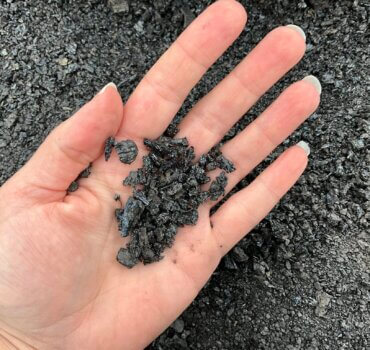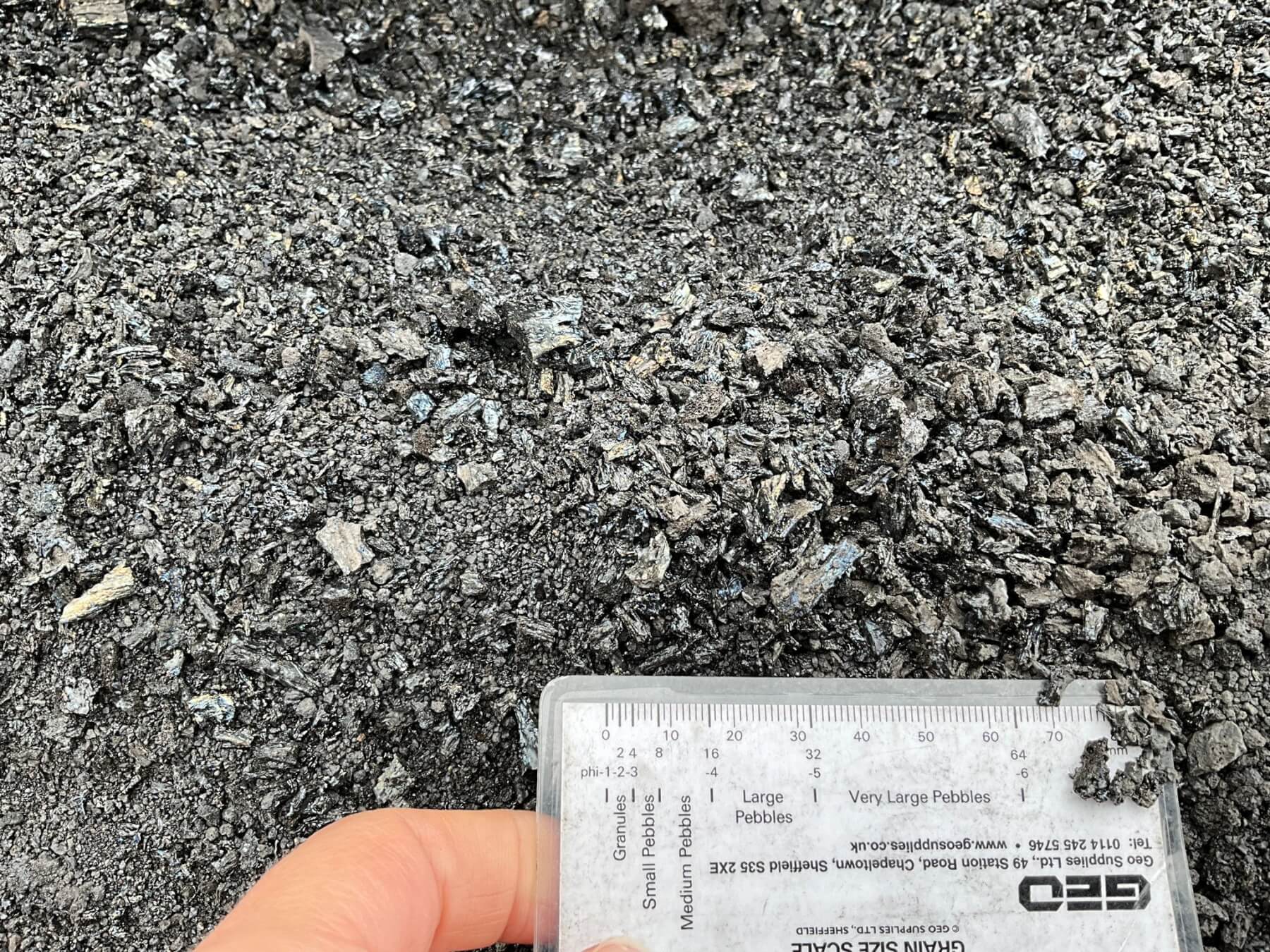
“You’ve never seen it miss this house, and miss that house, and come after you!” said Dr. Jo Harding, meteorologist in the 1996 movie Twister. This quote kept playing through my head while walking around the edges of the lava flow emplaced during the 2021 Cumbre Vieja eruption in La Palma, Canary Islands.
Over the three-month-long eruption multiple flows travelled from different vents located uphill, covering many homes downhill in thick, dense rock that will remain hot in places for years to come.
Along the edges of the flows the damage is variable. Some homes had lava flow through the entire building, some a single room. Some have fractures through the concrete and brick walls, others had their roof collapse – also a result of heavy volcanic ash (pulverized magmatic rock) building up on top. Some caught fire. You can stand in front of one house that was totally destroyed, then the neighbouring homes uphill and downhill seem fine. Small mountains of ash and housing debris have been accumulated from on and around homes next to the lava, and piles of solid rock where lava has been removed from properties and to build new roads. I have seen several homes where thick lava has actually been removed from inside and renovations have begun. Some homes with fractures through the walls are mended. I don’t know what sort of stability checks have been undertaken. The general thinking is that if lava touches your house it’s game over, but that is not what we are seeing.
If this were Auckland it would look different, with many of our homes being built of wood (which do generally fare better in earthquakes), but the same big questions we have to think about is how we handle the aftermath. If your back yard had a 5-metre-thick lava flow edge across it but your home seemed fine, what would you do? If your neighbours were mourning the total loss of their home and you are now surrounded by a hot, sharp, rubbly landscape of fresh rock, what would you do? If your land was now under sharp rock up to 70 metres thick, how would you begin to move forward? If this was your home with so many precious memories, where your parents grew up on land handed down through generations, how would you be feeling? This is the anguish the local communities are living through. The stories we are hearing of the impact to mental health here are utterly heartbreaking (we are working to verify everything we are told).
The crisis lasts long after the eruption stops, especially without the proper financial, logistical, and mental health support. This is not just a volcanology issue, it is a political and social issue. As we have seen with earthquakes and cyclones in Aotearoa, it takes all parts of society to band together to help with recovery.
This eruption scenario can happen in New Zealand. It will certainly happen to other villages, towns, and cities around the world. “What can I do to help?” is a heavy question on our minds as we push forward in our research. As individuals we might not be able to change the world, but we can make positive changes in our corner of the world. Every single one of us has the power to support, to help solve problems, and even save lives.
Read: No time for cocktails
Read: Inside a disaster zone










